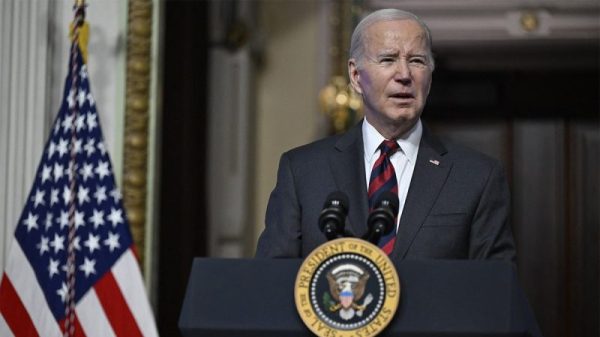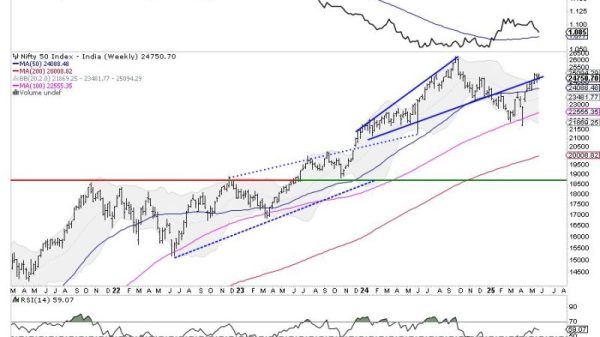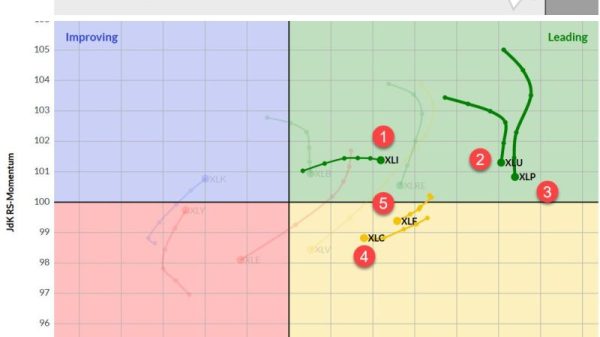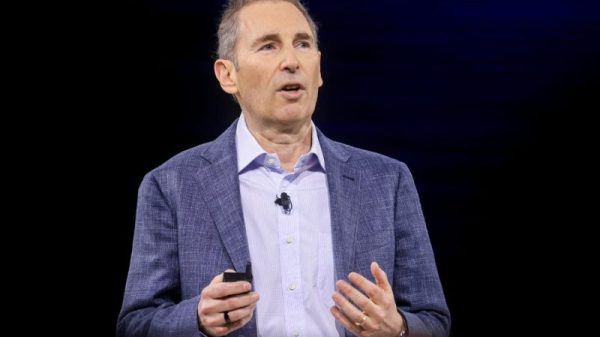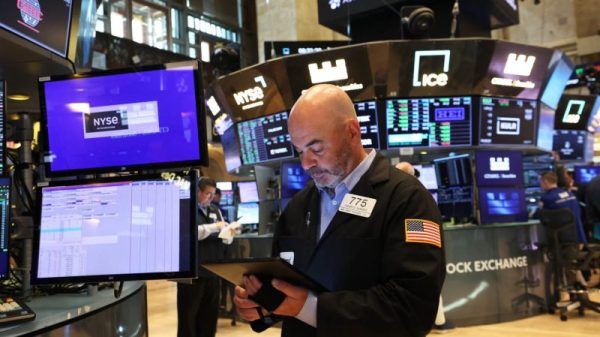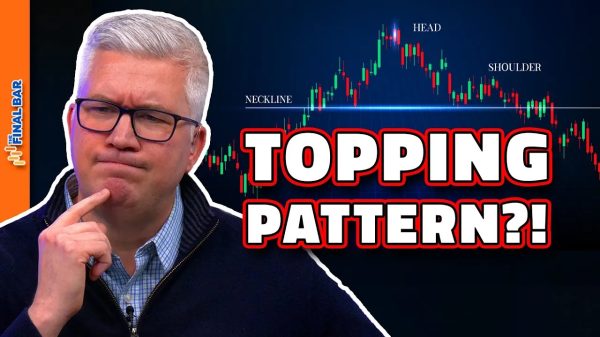Neal McCluskey
The Biden administration has big plans for smaller federal student debt repayment. Arguably the centerpiece of this, now that mass cancellation by executive decree has been shot down, is Biden’s Saving on a Valuable Education (SAVE) proposal. As I showed last week, SAVE would significantly decrease what a borrower would have to repay, at least in their first year, in income‐driven repayment (IDR).
Of course, student debt is not intended to be repaid in one year. With IDR, any remaining federal student debt incurred for undergraduate education will be forgiven after twenty years. To understand the full impact of Biden’s proposed changes on undergrad loans in IDR, we need to look at full life cycles of loans under current and SAVE IDR repayment.
For estimates of both, I start with average first year earnings for a new bachelor’s degree graduate ($58,862) and average debt ($29,719). I use a 3.3 percent earnings increase each year, except in the 6th, 11th, and 16th years, when the borrower receives a 5.3 percent raise. I also increase the federal poverty level for a single person, which determines how much income is walled off from repayment, by 3.3 percent each year. (Basically, 3.3. percent is the inflation rate.) To calculate each year’s debt after the first year, I subtract the previous year’s payment from the debt total and add 5.5 percent interest — the current rate on federal, undergraduate, student loans. Finally, any interest left unpaid would be added to the loan under the current IDR, but not SAVE. With the latter, unpaid interest is essentially forgiven.
The first figure shows the life cycle under current IDR, with the debt repaid in eight years. Payments run between $3,700 and $4,800 per year. I calculate that in total, the borrower will have paid $33,662, or $29,935 in year one dollars – a small, $216 profit for taxpayers that helps to cover risk from the overall federal student loan portfolio.
The second figure is the life of the loan under SAVE. Under this plan, the loan is paid off in 17 years, and payments run between $1,300 and $2,500 per year. I calculate that the borrower will have repaid $23,357 in year one dollars. That is a $6,362 loss for taxpayers.
Of course, different parameters will produce different results. But estimating around average income and debt for undergraduate borrowers, earnings rise significantly over the period relative to debt, but only the current program repays taxpayers. That is both a fiscal and fairness problem for SAVE.




